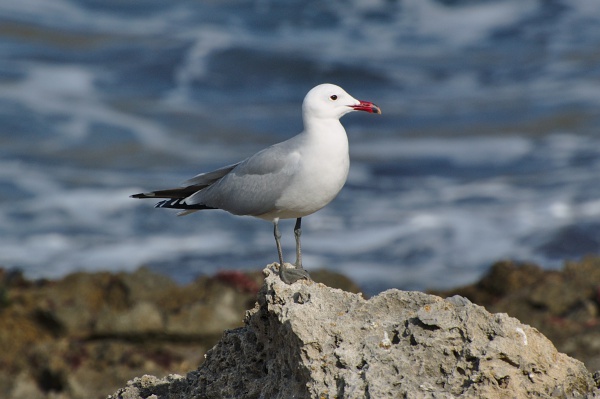Facts About Audouin's gull
Audouin's gull is a striking bird found around the Mediterranean, the western coast of Saharan Africa, and the Iberian Peninsula. Its name is derived from the ancient Greek words for "fish" and "eagle" and it honors the French naturalist Jean Victoire Audouin.
These gulls prefer to breed on small islands, either in colonies or in solitude. They typically lay 2-3 eggs in a ground nest. In the late 1960s, Audouin's gulls were quite rare, with only about 1,000 pairs. However, thanks to conservation efforts, their numbers have increased to around 10,000 pairs, leading to the formation of new colonies.
What sets Audouin's gull apart from many other large gulls is its specialized diet. It predominantly feeds on fish and rarely scavenges. Sticking to the coast and open sea, it hunts for fish, sometimes even at night and far from shore. These gulls can also be spotted near beaches, dragging their legs in the water to help catch fish.
Visually, adult Audouin's gulls resemble smaller European herring gulls. They have a distinctive short red bill and white-tipped wing feathers. It takes them about four years to develop their full adult plumage.
These birds usually stay close to their breeding areas, but there have been occasional rare sightings in places like the Netherlands, England, and even Trinidad. Audouin's gull is protected under the Agreement on the Conservation of African-Eurasian Migratory Waterbirds (AEWA), which helps ensure their survival and continued growth.

 Algeria
Algeria